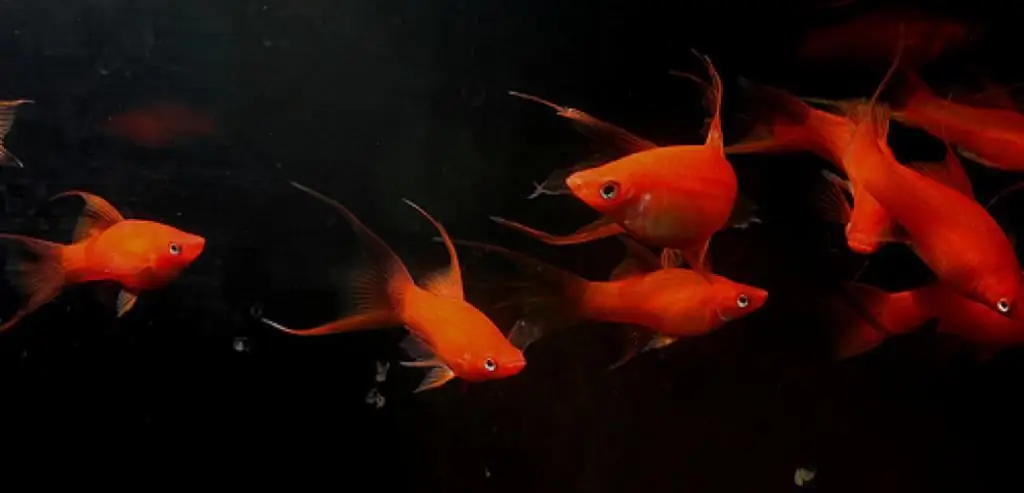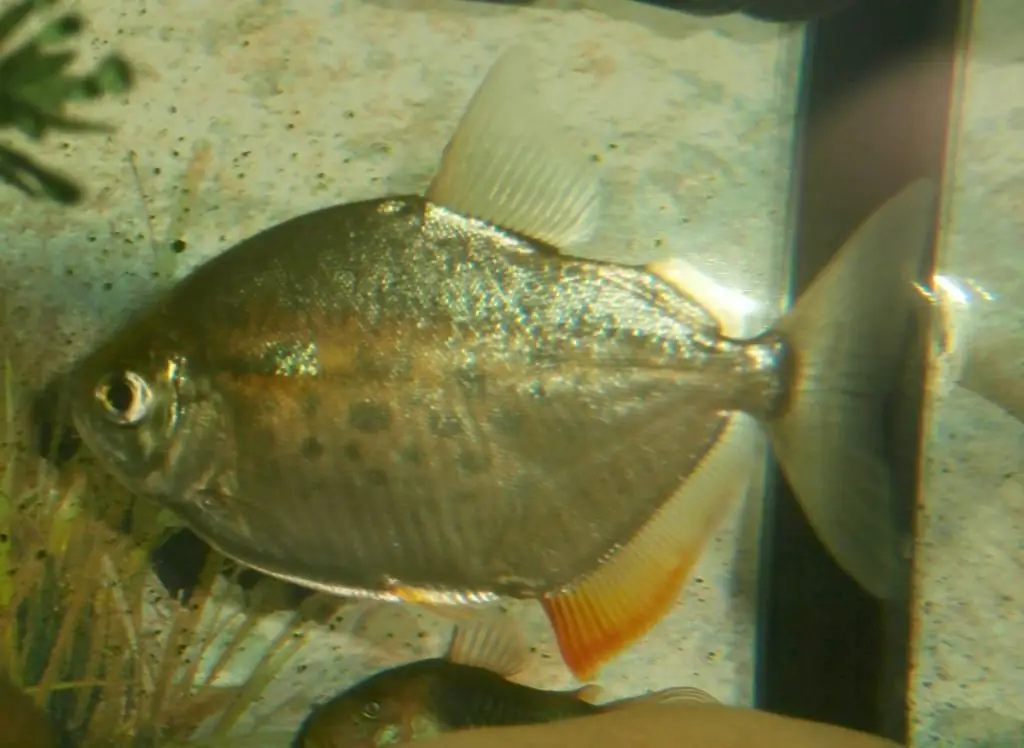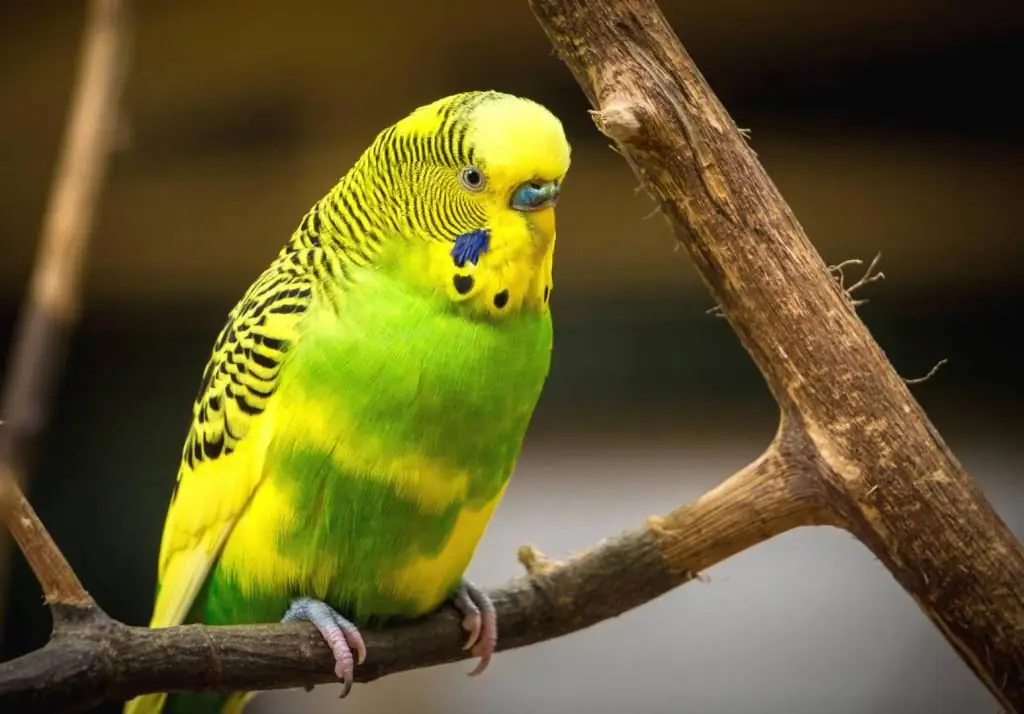2026 Author: Priscilla Miln | [email protected]. Last modified: 2025-01-22 17:55:13
Some inexperienced budgerigar breeders will say that keeping such pets is a piece of cake. It is only necessary to add store food from time to time and clean the cage. But that's not the case at all! There are many rules and subtleties that are important to be aware of. How to care for a budgerigar at home, the publication will tell.
Preparing to buy
When deciding to get a parrot, you need to think about who will take care of him at all. Most often, such a pet is purchased for children. Since they do not yet have a complete understanding of responsibility, adults should be prepared that all the worries associated with the bird will fall on their shoulders.
It is also worth considering whether the family is ready to spend a certain amount on the purchase of the "wavy" itself and everything you need. And you will definitely need at least 3,000 rubles, if you take only the bare minimum.
Another question that is decided before buying is who to choose: a female ormale? Experienced breeders say that here, in principle, it doesn’t matter. There is no difference in how to care for a budgerigar for a boy or a girl. The actions will be the same. And you can also teach females to talk, and they do it much better than males. If the priority is to train a feathered bird to reproduce human speech, then it is desirable to acquire only one individual first. Only after that you can take the second one, in a couple the wavy ones feel much more comfortable. From lack of attention and loneliness, these parrots can get sick.

Cage purchase
The quality of life of a chirping friend directly depends on his home. At home, parrots should live in a cage. But cramped houses are categorically not suitable, because there is no place in them to flap their wings. If there is no opportunity to develop muscles, then this will negatively affect he alth. The minimum size of a cage for one bird is 40×25×30 cm (the indicated parameters are length, width and height). For a couple, they should be slightly larger - 60 × 30 × 40 cm.
If you really want to properly care for a budgerigar, then you should listen to the following recommendations from experts:
- Preference should be given to spacious long cages. In them, the feathered one will be able to stretch its wings and fly from perch to perch.
- Round cages are categorically not suitable. The ideal shape is rectangular. It is better to refuse pretentious designs because of the difficulty inhousekeeping.
- It is desirable that the bars are horizontal. So it will be more convenient for the "wavy" to climb them, and they love to do it very much.
- The purchased cage should be washed and doused with boiling water before settling in. After that, it must be wiped dry.

Cage Placement
What else do you need to do before buying a house? Caring for a budgerigar means providing normal living conditions. The cage must be placed in a warm and bright room, but away from windows and heaters. Overheating and drafts will quickly harm the bird. Also, the pet must feel safe, so a passageway or near the door is not suitable. It is better to place the cage at the level of a person's eyes and move one side to the wall.
Arrangement
Usually cages are equipped with plastic perches. Experts recommend removing them immediately. They are suitable only for the time of illness. If left like this, the claws will not grind down, and naminas and calluses will appear on the paws, which can lead to serious illness.
There are wooden perches for sale. They are suitable, but it is better to give preference to natural materials and make perches yourself. For this, sprigs of birch, maple, willow, apple, cherry, plum, mountain ash, currant and citrus will do. Conifers, pear, oak, lilac, bird cherry and poplar are prohibited. For a small cage, 4 perches will be enough. The diameter should be approximately 1.5 centimeters. Desirableequip the cage with twigs of different thicknesses and textures.

Caring for a budgerigar at home means constantly paying attention to it so that it does not get bored. In most cases, this is not possible, so it is worth hanging toys in the cage so that the pet entertains itself. Birds are very fond of swings, ladders, bells and jingle balls. But there is no need to overload the space. A few toys will suffice. From time to time they should be replaced with others to keep the bird interested.
Water treatments
In the cage it is necessary to provide a place for a bathing suit. There are various options, but experts recommend purchasing external hanging models. Sizes should be optimal for the pet. The "wavy" is unlikely to enter a cramped or deep bath. Bathing should be offered at least once a week. The water in it should be warm and clean (the birds will drink from it).
It is important to know how to properly care for a budgerigar in hot weather and the heating season. During such periods, it is necessary to put a bathing suit more often and gently spray your pet from a spray bottle, if he does not mind. Some individuals love to swim in fountains or under a small stream of water that flows from a tap.
Food
Many hobbyists give advice on how to care for and feed a budgerigar. But not all statements may be true. For example, you cannot feed an exotic pet from a human table, although some always do. This is detrimental to he alth and oftenleads to death.

A bird should always have access to a drinker with clean water. It should be changed daily, after washing the vessel itself. For parrots, water does not need to be boiled, experts recommend giving only settled water.
The basis of the diet is grain feed, which can be purchased at the store. Good brands are Rio (Russian) and Prestige (Belgian). One "wavy" enough 1, 5-2 teaspoons a day. Do not overfeed because of the possibility of developing obesity.
Several times a week it is useful to give germinated food (the grains should have sprouts up to 3 mm). The cage must have a mineral stone and sepia. They will make up for the lack of calcium and help grind off the beak. It is recommended to treat your feathered friend with greens, berries, vegetables and fruits daily. It can be a tomato, cucumber, pumpkin, carrot, beetroot, cabbage, apple, pear, citrus, banana, cherry, grape, currant. From greens, you can lettuce, clover, nettle, plantain and cereals sprouted to grass. These are the basics of how to feed and care. What can not be treated to wavy parrots? This list includes the following products:
- Coffee, tea, lemonade, alcoholic drinks.
- Fatty, fried and s alty foods.
- Baked goods, any sweets, especially chocolate.
- Nuts and sunflower seeds.
- Some fruits, vegetables and greens: potatoes, eggplant, radish, daikon, radish, celery, garlic, onion, avocado, mango, persimmon,dill, parsley, cilantro.
- Sprigs of lilac, poplar, oak and acacia.

Hygiene
The tray must be cleaned of litter, husks and other debris at least once a week. The more often, the better. Due to dirt, infectious diseases and other ailments can occur. Bird breeders first clean off the dried droppings (for example, with a wooden stick), and then wash the pan with warm water using a sponge. If there is heavy dirt, then you can drop a little gentle detergent. Every month it is desirable to carry out general cleaning. To do this, the bird must be transplanted to another house, and the entire cage should be scalded with boiling water and thoroughly washed in all corners.
Sleep
How else to care for a budgerigar at home? He needs to provide conditions for good sleep. The bird will sleep only in complete darkness. Therefore, if the household members do not plan to sleep late in the evening, it is advisable to cover the cage with the pet with a dark breathable cloth. It is necessary to leave gaps so that air enters under the cover. The fabric can be removed in the morning.
Parrots love to take naps during the day. In this case, it is not necessary to cover the feathered one. He should get good sleep at night.
How to understand that the bird is sleeping so as not to disturb her? "Waves" do this on one, less often - two paws, turning their heads to their backs and sticking their beaks into feathers. In this case, the body seems to be inflated. But it is important to distinguish the painful state from ordinary sleep. When a parrot feels bad, he starts to hoof.

Temperature and light conditions
High-quality care for a budgerigar at home includes creating the optimal level of light and temperature. They are very sensitive to these factors. Many problems start because of bad conditions.
The room should be warm, without drafts. The ideal temperature for this breed of parrots is + 22-25 degrees. At higher rates, it will be uncomfortable. To avoid heat stroke, you need to spray the bird and often offer a bathing suit. The temperature below is acceptable, but undesirable. The main thing is that there are no sharp drops.
As for the duration of night sleep, it depends on the season. In summer, daylight hours should last 12-14 hours, and in winter - 10-12 hours. That is, in the cold, the parrot will sleep longer. Sleep patterns should be changed gradually.
First days at home
This period is called adaptation, and there are some nuances of keeping a budgerigar. How to care for a new friend after purchase? First, it should be carefully transplanted into its cage. Experts do not recommend taking the bird with your hands. It is better to substitute the carrier to the entrance or shift it directly into the cage - let the feathered one dare to go out. You will have to be patient and wait, but the relationship will not be spoiled. It is advisable to shade one side of the cage with a cloth in advance so that the bird feels as protected as possible. In the early days, everything will seem foreign and hostile.

The first weeks of care will be reduced to changing grain feed and water, as well as observing the behavior of the parrot. No need to bother him again and try to make friends with him. The pet will not immediately, but will begin to explore the cage, try to get out of it and rush around the floor. It is impossible to release a "wavy" to fly in this state. During adaptation, which usually lasts a month, it is advisable not to make noise, do not turn on music, do not slam doors. Over time, the parrot will be more calm, will eat, chirp, be interested in toys.
In the same period, quarantine must be observed if there are already other birds in the house. You can’t immediately put a newcomer to them, he must have a separate cage. They should not contact in any way for a month. This time it is better to keep them in different rooms. If no diseases appear, you can gradually begin to introduce the birds.
First walk around the room
When the pet adapts, you can open the cage doors so that it stretches its wings and flies. This is a must, breeders always mention it when they talk about how to care for a budgerigar. Girls are by nature more hooligan than boys, so during a walk you need to watch them especially carefully. Females may begin to tear wallpaper, ceiling plinths, books, and more. To prevent this from happening, you should organize a game stand next to the cage.
Now you know how to care for a budgerigar at home. Stick to the guidelines and your chirping friend will be happy!
Recommended:
Red swordsmen: description of the species, features of care, reproduction, life cycle, characteristic features and rules of keeping

Swordtails are one of the most unpretentious types of fish. They are beautiful, good-natured, easy to breed - the most ideal option for beginner aquarists. Swordtails are a genus of ray-finned fish common in freshwater reservoirs of Mexico and Central America. There are several species of these unpretentious fish, their color varies from black or olive to bright red and lemon. In the article we will talk about them in detail
Budgerigar: maintenance and care at home. How to teach a budgerigar to talk

Noisy, agile and cheerful budgerigars can be found in many homes of bird lovers. These cute birds are ideal for keeping at home. They become attached to the owner, considering him a member of the pack. The care and maintenance of budgerigars is not difficult, it is only important to know about the characteristics of these babies
How to breed daphnia at home? Conditions and features of keeping daphnia in an aquarium

How to breed daphnia at home: the necessary conditions and features of its maintenance in an aquarium. Practical recommendations for the implementation of care and feeding. Reproduction of crustaceans and collection of daphnia
Metinnis silver: description of the fish, conditions of keeping and recommendations for care

Metinnis is flattened on the sides, scales are silvery. The appearance of the fish depends on the lighting in the aquarium, it tends to change its shade from blue to brown. Gets along well with other representatives of the aquarium
Freshwater stingray: description with photo, conditions of keeping, breeding and care

An article for those who have long and firmly engaged in fish. Do you want someone unusual in the aquarium? Think freshwater stingray. Very cute fish, eye-catching. And to think less, we have collected the most interesting information about this fish. From the article you will learn how to keep, how to care for and what to feed

